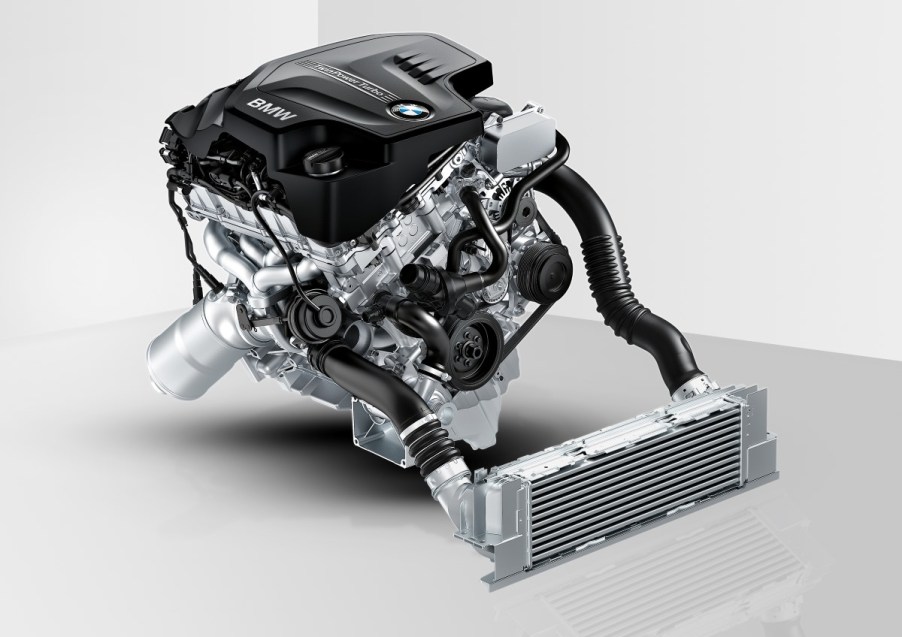
Improve Performance and Reliability of Your Turbocharged Car with an Intercooler
These days, if a new car isn’t a hybrid, it’s probably a turbo. By removing cylinders and using turbos to achieve power, cars can be lighter and more efficient while making the same or better power. But with turbocharging comes certain drawbacks, mostly relating to airflow and temperature. An aftermarket intercooler can improve more than just turbocharged car performance, but reliability and efficiency as well.
Intercoolers manage air temperature in a turbocharged car
The purpose of an intercooler is to lower the intake air temperature before it enters the combustion chamber. This allows the engine to produce more power and run more efficiently as cooler, denser air reaches the cylinders.
In a non-turbo car, air comes straight from outside through the intake and into the combustion chamber. Because airflow is so direct, the air doesn’t have time to soak in the heat of the engine bay.
However, a turbocharged car adds complexity in a variety of ways. First, air enters the intake and goes through the turbo, which is being spun by exhaust gasses exiting the combustion chamber. These exhaust gasses are incredibly hot, and thus the turbo transfers that heat to the air. In addition, turbos make the air more dense, another factor in increasing heat.
As the air exits the turbo, it doesn’t go straight into the engine. First, it goes through an intercooler to help reduce the temperature ahead of time. However, most stock intercoolers don’t have the capacity to adequately cool that air on a hot day. In addition, driving in high-stress situations like city traffic, up large inclines, or performance driving will expose this incapability. In either case, the resulting in heat soak affects performance and fuel economy.
Why an aftermarket intercooler is a good idea for daily driving

While stock intercoolers have to account for cost, regulations, and a host of other hurdles, aftermarket companies can focus on the problems at hand. Specifically, brands like VRSF, RacingLine, Cobb, Dinan, and dozens more have teams of engineers working on airflow and cooling capacity, and nothing else.
The results are cooler intake air temperatures, more consistent performance even on hotter days, improved fuel economy, and they can even help improve the reliability of your turbocharged car. Even if you aren’t chasing lap time or acceleration numbers, an aftermarket intercooler can go a long way to improving your driving experience.
Types of intercoolers
The two main types of intercoolers are air-to-air and air-to-water. In air-to-air intercoolers, the cool air from outside flows through vanes to cool the turbocharged air as it passes through. These are simple to install, often fitting to stock hardware with little need for modification. They’re also more affordable and provide enough improvement for most drivers to have a noticeably better experience.
Meanwhile, air-to-water intercoolers use a similar system to a regular radiator. In this system, coolant aids in cooling the charged air, resulting in denser air delivery, even more power, and greater fuel efficiency. However, this system also involves adding a larger coolant reservoir, a secondary water pump, and transfer lines that are both costly and complex to install.
Make your turbocharged car more reliable with this simple modification
For just a few hundred dollars and a few hours of your weekend, an intercooler is well worth the investment. Good for improving power, efficiency, and reliability all at once, it’s one of the only modifications with almost no negative trade-offs. Of course, if you’re still under a factory warranty, you may want to wait. But for everyone else, grab that intercooler and feel the difference each time you drive.




